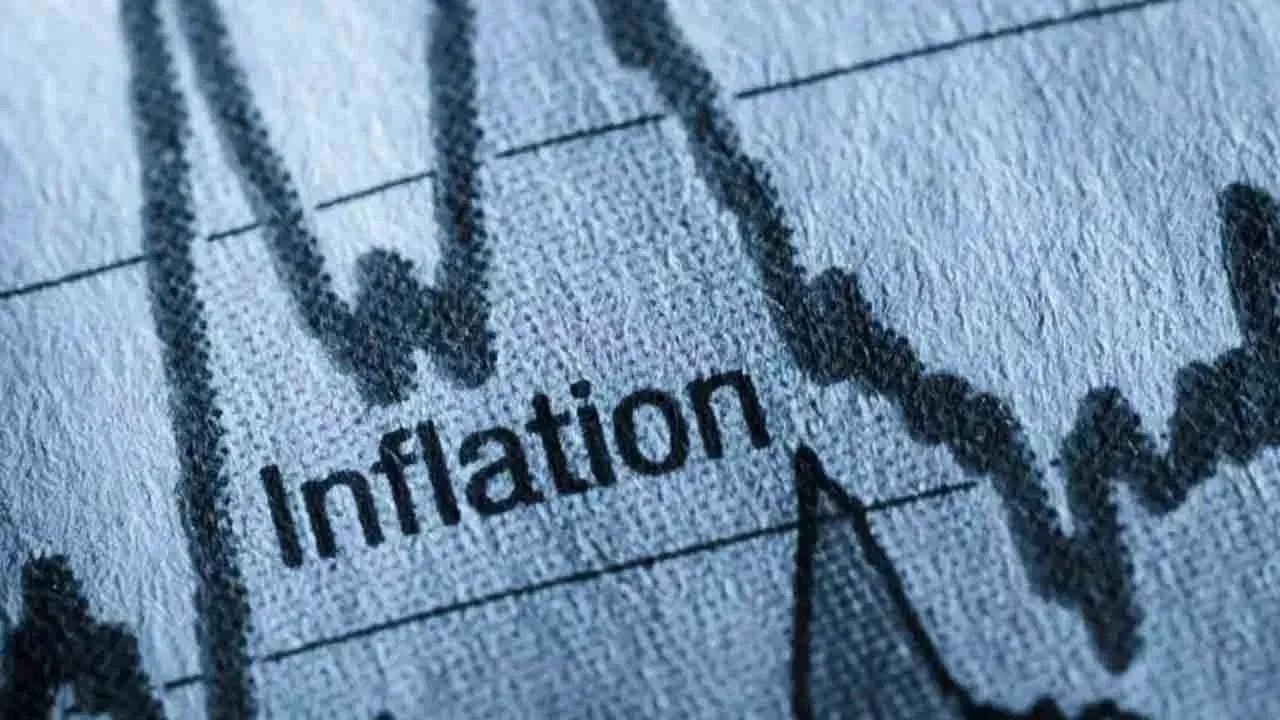Even though the Monetary Policy Committee of the Reserve Bank has not given relief to the common people in loan EMI, but has definitely given relief to the common people on the inflation front. On the other hand, the stance taken by the RBI on inflation, means that Trump’s tariff threat will not see any effect on India’s inflation. RBI MPC has reduced the current financial year inflation estimate by 60 basis points.
The Monetary Policy Committee of the Reserve Bank of India (RBI) said on Wednesday that inflation is expected to increase in the last quarter of FY 2026, as there is a fluctuations in the prices of foods, especially vegetables. However, overall inflation is expected to be low in the current financial year, which is supported by price reduction and stable supply conditions. RBI said that although geopolitical uncertainty has decreased, there is pressure on global trade marked by the upcoming tariffs.
Inflation estimates for financial year low
For the entire year of FY 2026, RBI has estimated the core inflation to be 3.1 per cent, lower than the 3.70 per cent forecast made in June. However, the CPI is expected to be 4.9 per cent in the first quarter of FY 27, which will cross the target of 4 per cent of the top bank. Talking about quarterly-wise estimates, 2.1 percent in the second quarter, 3.1 percent in the third quarter and 4.4 percent in the fourth quarter. The central bank said that the risks for the future are “equally balanced”. RBI MPC also said that core inflation remains stable at 4 per cent.
The RBI further said that the forecast of inflation for 2025-26 has become more soft than expected in June. Large favorable base effects with stable progression of the southwest monsoon, good kharif sowing, adequate reservoir level and adequate buffer stock of food grains have contributed to this softening. However, due to adverse base effects and influence of demand caused by policy actions, CPI inflation is expected to go above the fourth quarter of 2025-26 and then after 4 per cent.
Core inflation stable, but fast in gold prices
The MPC said that the core inflation remained stable at 4% in recent months. RBI Governor Sanjay Malhotra said in his address that the core inflation, which residing in a limited range of 4.1-4.2 per cent during February-May, increased to 4.4 per cent in June, one of the reasons for which gold prices continued to increase.
No change in policy rate
In June, retail inflation in India declined to 2.10 percent, which is a 77 -month low, mainly due to a steep fall in food prices. Food inflation was also recorded. Despite this softening, RBI decided to keep the policy repo rate unchanged at 5.50 per cent, citing the need to support global economic uncertainty and development among unstable business conditions.
According to the RBI Governor, MPC said that although CPI inflation is much lower than earlier estimates, it is mainly due to unstable food prices. Inflation is expected to increase from the last quarter of this financial year. According to our earlier estimates, the growth rate is strong. Tariff’s uncertainties are still emerging. The central bank has maintained a “neutral” stance, indicating that policy support will continue as long as there will be help in improvement. The RBI had earlier stated that it would continue to manage liquidity, especially for productive areas to ensure adequate loan availability.
RBI’s trend on crude oil
In its July Bulletin, the RBI emphasized that 10 per cent increase in global crude oil prices can increase India’s main inflation by about 20 basis points. He said that it is necessary not only to reduce the impact on domestic prices due to high dependence on the country’s oil imports, but it is also necessary to move to optional fuels for longitarm stability. In its annual report of FY 2025, the RBI also indicated that inflation would be moderate in FY 2026, which will help with a decrease in the base effects and the pressures of the supply side, while it would also be sensitive to monsoon results and global geopolitical risks.
